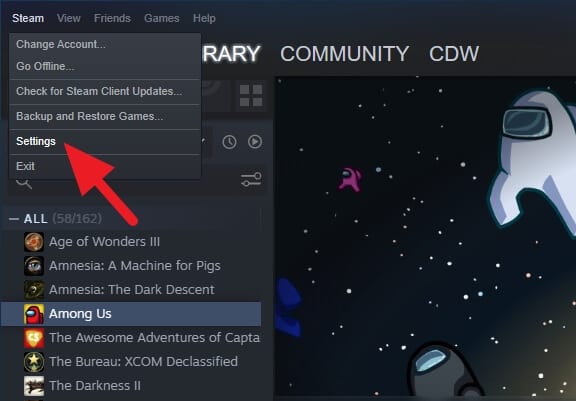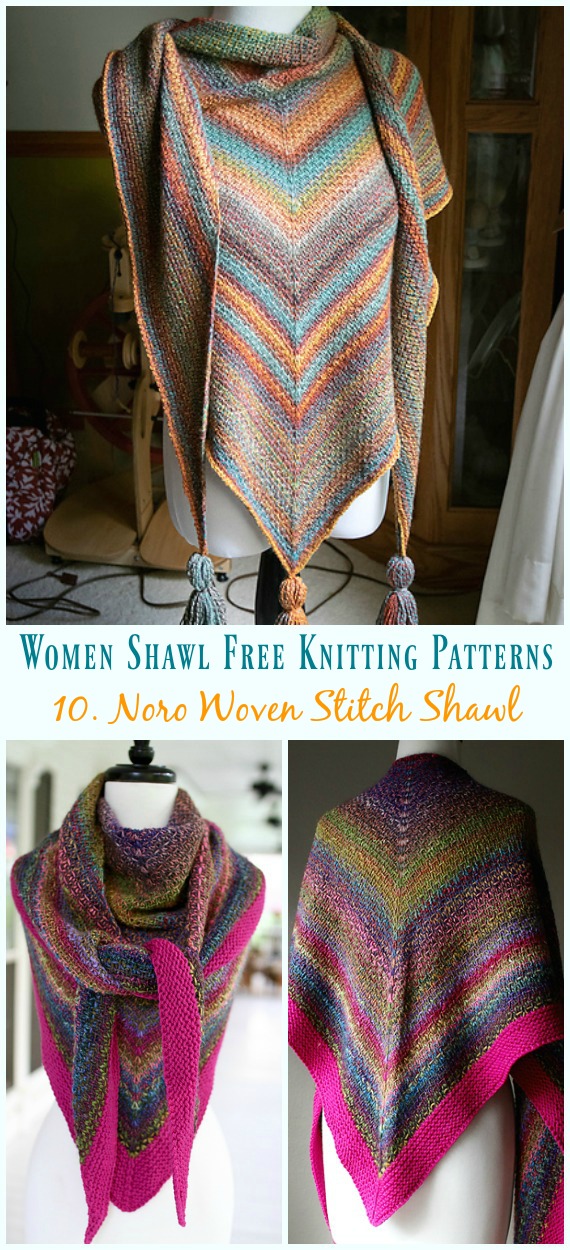
Assemble the bottles on a clean, disinfected surface or the upturned lid of the steriliser.įind out more about expressing breast milk and how to make up formula feeds.As parents, we encourage our children to explore the world around them. 
Wash and dry your hands before handling sterilised equipment.
 If you do take them out, put the teats and lids on the bottles straightaway. It's best to leave bottles and teats in the steriliser or pan until you need them. Remember that teats tend to get damaged faster with this method. Regularly check that teats and bottles are not torn, cracked or damaged. Set a timer so you do not forget to turn the heat off. Boil the feeding equipment in a large pan of water for at least 10 minutes, making sure it all stays under the surface. Make sure the items you want to sterilise in this way are safe to boil. Manufacturers will give guidelines on how long you can leave equipment in the steriliser before it needs to be sterilised again. Make sure the openings of the bottles and teats are facing downwards in the steriliser. It's important to follow the manufacturer's instructions, as there are several different types of sterilisers. Steam sterilising (electric steriliser or microwave) Your steriliser should have a floating cover or a plunger to keep all the equipment under the solution. Make sure there are no air bubbles trapped in the bottles or teats when putting them in the sterilising solution. Change the sterilising solution every 24 hours. Leave feeding equipment in the sterilising solution for at least 30 minutes. Follow the manufacturer's instructions. There are several ways you can sterilise your baby's feeding equipment. The advice above applies to all your baby's feeding equipment, and whether you are using expressed breast milk or formula milk. Rinse all your equipment in clean, cold running water before sterilising. You may prefer to wash teats separately by hand to make sure they are completely clean. Make sure bottles, lids and teats are facing downwards. Putting feeding equipment through the dishwasher will clean it but it does not sterilise it.
If you do take them out, put the teats and lids on the bottles straightaway. It's best to leave bottles and teats in the steriliser or pan until you need them. Remember that teats tend to get damaged faster with this method. Regularly check that teats and bottles are not torn, cracked or damaged. Set a timer so you do not forget to turn the heat off. Boil the feeding equipment in a large pan of water for at least 10 minutes, making sure it all stays under the surface. Make sure the items you want to sterilise in this way are safe to boil. Manufacturers will give guidelines on how long you can leave equipment in the steriliser before it needs to be sterilised again. Make sure the openings of the bottles and teats are facing downwards in the steriliser. It's important to follow the manufacturer's instructions, as there are several different types of sterilisers. Steam sterilising (electric steriliser or microwave) Your steriliser should have a floating cover or a plunger to keep all the equipment under the solution. Make sure there are no air bubbles trapped in the bottles or teats when putting them in the sterilising solution. Change the sterilising solution every 24 hours. Leave feeding equipment in the sterilising solution for at least 30 minutes. Follow the manufacturer's instructions. There are several ways you can sterilise your baby's feeding equipment. The advice above applies to all your baby's feeding equipment, and whether you are using expressed breast milk or formula milk. Rinse all your equipment in clean, cold running water before sterilising. You may prefer to wash teats separately by hand to make sure they are completely clean. Make sure bottles, lids and teats are facing downwards. Putting feeding equipment through the dishwasher will clean it but it does not sterilise it.  You can put your baby's feeding equipment in the dishwasher to clean it if you prefer. You can also turn teats inside out then wash them in hot soapy water. Do not use salt to clean teats, as this can be dangerous for your baby. Use a clean bottle brush to clean bottles (only use this brush for cleaning bottles), and a small teat brush to clean the inside of teats. Clean bottles, teats and other feeding equipment in hot, soapy water as soon as possible after feeds. This will protect your baby against infections, in particular diarrhoea and vomiting. It's important to sterilise all your baby's feeding equipment, including bottles and teats, until they are at least 12 months old.
You can put your baby's feeding equipment in the dishwasher to clean it if you prefer. You can also turn teats inside out then wash them in hot soapy water. Do not use salt to clean teats, as this can be dangerous for your baby. Use a clean bottle brush to clean bottles (only use this brush for cleaning bottles), and a small teat brush to clean the inside of teats. Clean bottles, teats and other feeding equipment in hot, soapy water as soon as possible after feeds. This will protect your baby against infections, in particular diarrhoea and vomiting. It's important to sterilise all your baby's feeding equipment, including bottles and teats, until they are at least 12 months old.










